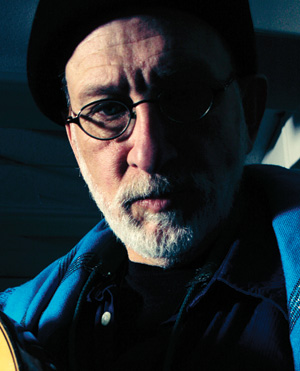D’var Torah: On Selichot, less is more
Published September 1, 2010
On this day [Rosh Hashanah] the moon is covered, and it does not shine until the tenth day, when Israel turns.
— Zohar
On Selichot, we introduce the notions that we will pick up and follow through the days of Awe. Selichot are piyyutim (piyyut from the Greek, that gives us poet), holy poems dedicated to forgiveness and other reaches of the spirit. Selichot also refers to the service in which we say the holy poems, in the Ashkenazi tradition the Saturday night before Rosh Hashanah.
With Selichot we move deeper into the days of Awe of cycle. All beginnings are significant, so with Selichot we become more attentive to the intention with which we enter the year.
We are taught that every year, we draw something original into the world, something entirely new, something that has not been before. On Rosh Hashanah, the newness is dimly discerned. It’s like the moon. On Rosh Hashanah, the first of Tishrei, the moon is new. The wisdom we are drawing down is new and not yet articulate. The moon is the image of the growth arc this time of year.
With the first of Tishrei, the new moon is faint, it is ba-kesse: hidden. Tiku va-chodesh shofar – bakesse – le-yom chageinu [Psalm 81:4], make a tekiah on the new month, the new moon, with the shofar, when it [the moon, here: wisdom] is hidden, to the day of our chag [Sukkot].
Every year we draw down something new and hidden on Rosh Hashanah, it begins to plump, with the moon, until at Sukkot it is fully revealed, fully articulate, fully known. The wisdom becomes known the closer we move toward Sukkot, the full moon, the wisdom fully plumped.
This is the year of ayin and alef, 5771 since the creation of the world as we reckon time. With ayin, the eye, we give ourselves to iyyun, focus. We occupy ourselves with less but with more depth this year, we are verticalizing after having been horizontalizing – expanding, collecting, acquiring – now we are with less but we move deeper. We are less but we are more.
This is my intention for the new year: to focus on the elusive alef, which is One, which is silent, which requires more of my attentiveness, more mindfulness. Less is More.
Rabbi James Stone Goodman serves Congregation Neve Shalom and is a member of the St. Louis Rabbinical Association.















